

Josh Nevett
CarExpert's top five large SUV reviews of 2025
3 Days Ago

Senior Contributor
The vehicle today known as the Nissan Patrol turns 70 this year – just like its Toyota LandCruiser arch nemesis – so a piece detailing the life of this septuagenarian is certainly called for.
Australia has long been a key country for Patrol sales, and for a small period of time during the model cycle of the GU was actually the world’s biggest market. It’s also seen service with Australian Police, Fire Brigade, and Emergency Service fleets.
Indeed, since its arrival in Australia through five major generational changes, Nissan has sold more than 238,000 Patrols here.
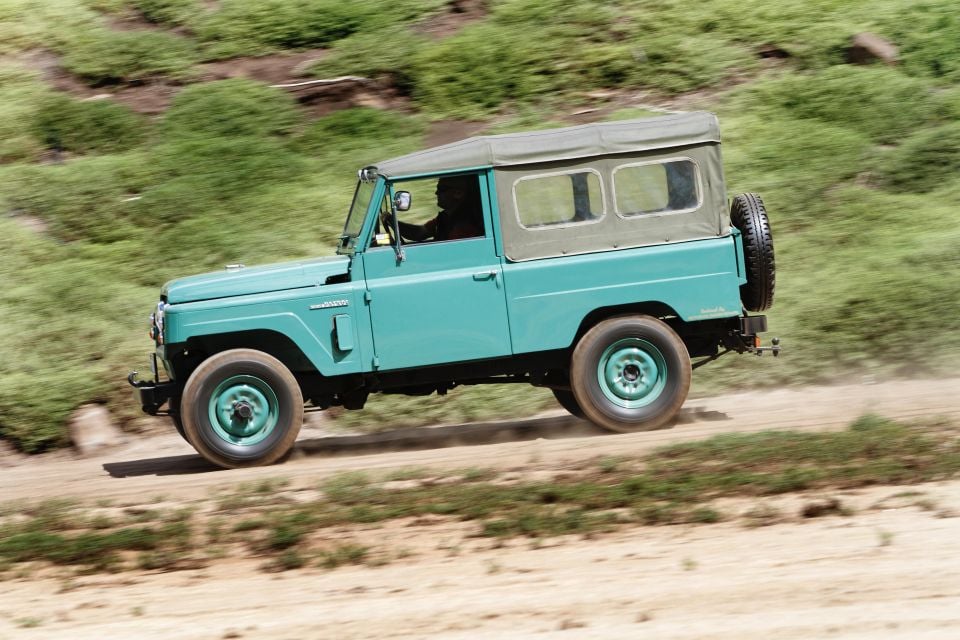
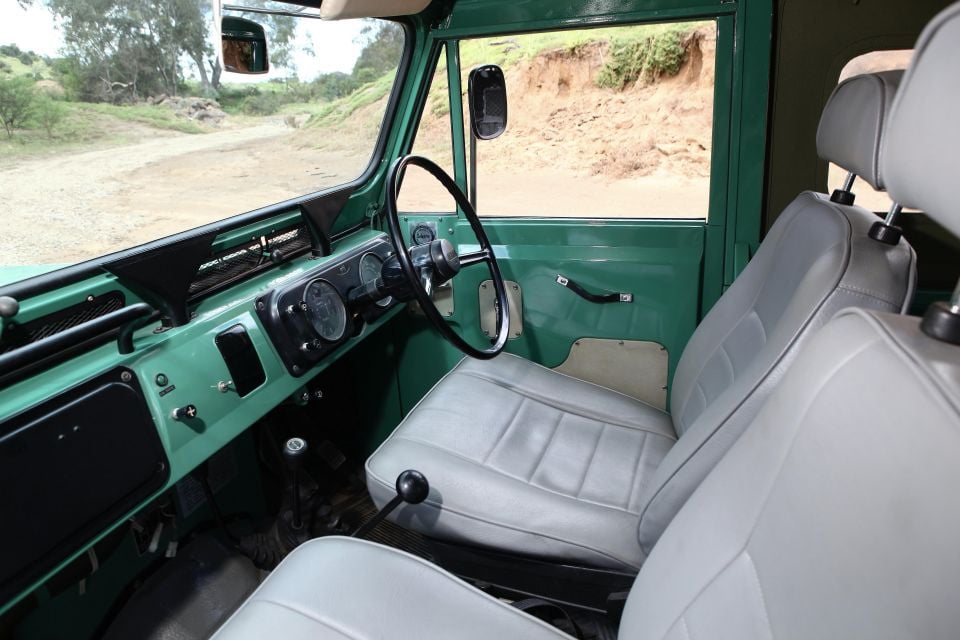
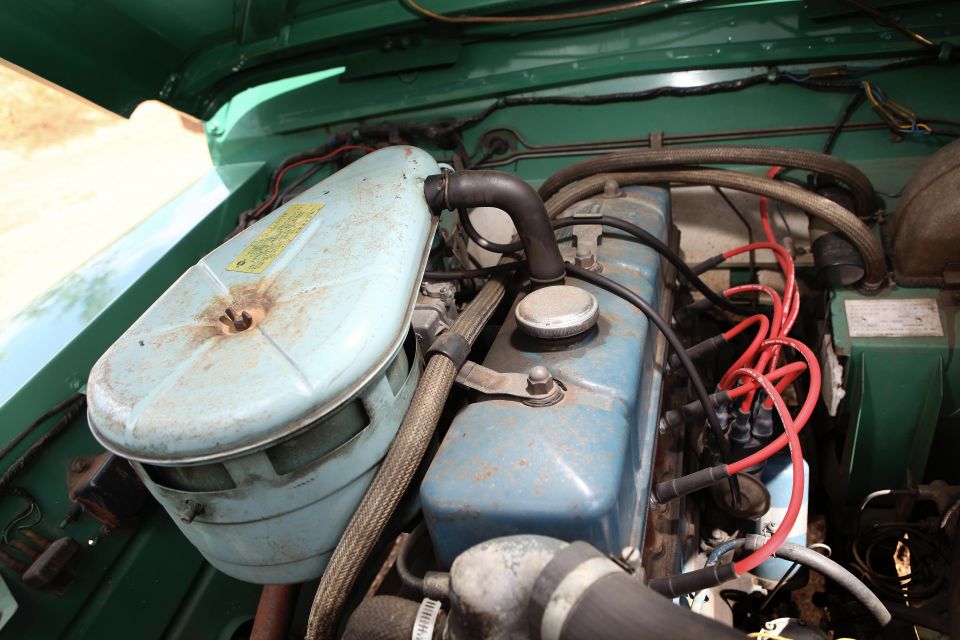
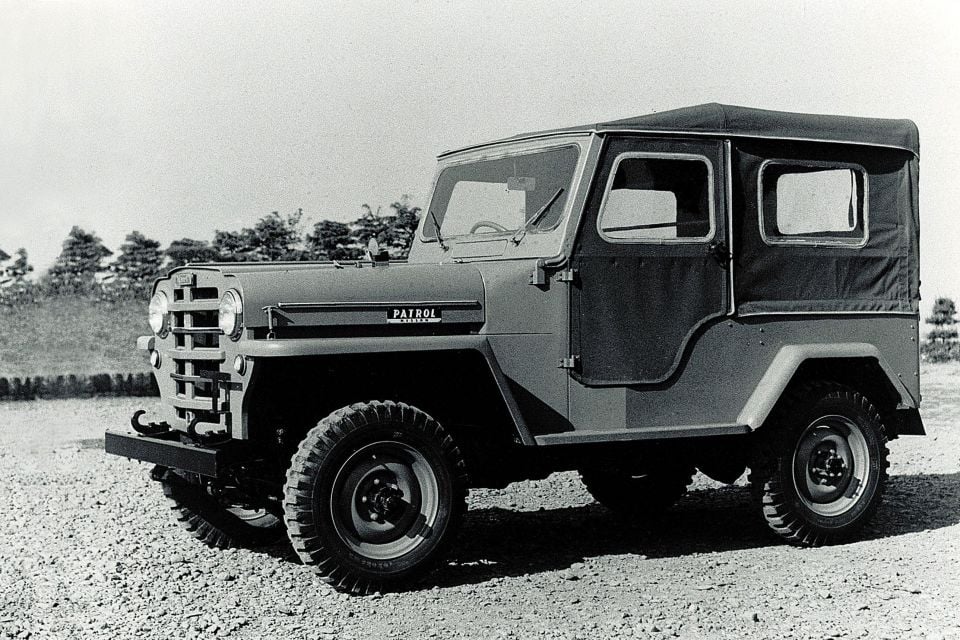
It all started in 1951 with the launch of Nissan’s first-generation 4×4 called the 4W60. This Jeep-like machine ran a mighty 56kW 3.7-litre straight-six and a four-speed manual gearbox.
This predecessor to all that followed was sold exclusively in Japan and adopted the now-household Patrol nameplate when it was updated as the 4W65 model in 1958.
The second-generation G60 model arrived in Australia in 1961 as the Datsun Patrol with a (then) modern overhead valve 4.0-litre inline six with a handy 92kW of power, and was offered in soft-top, wagon or cab-chassis body styles.
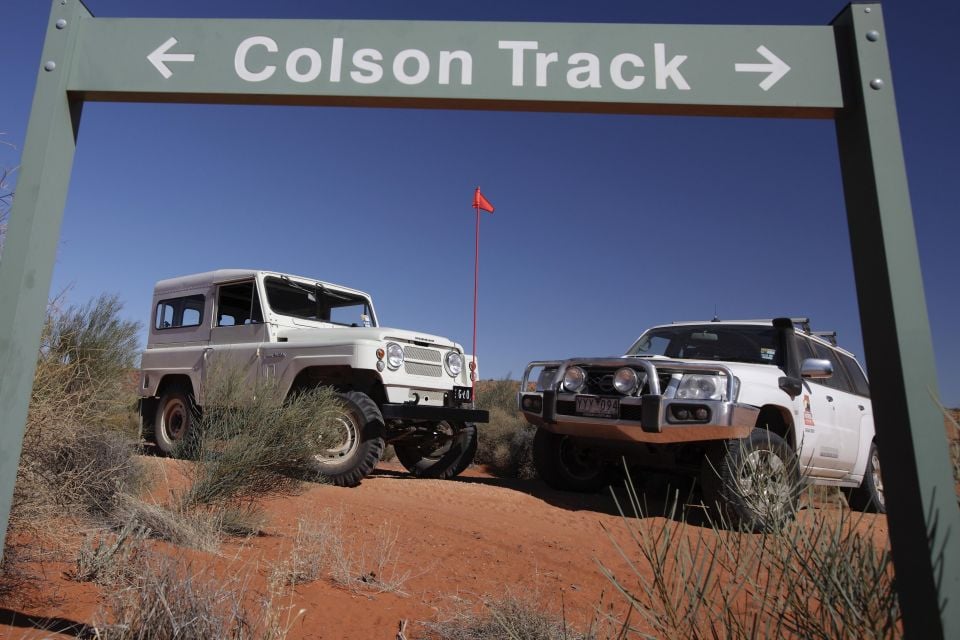

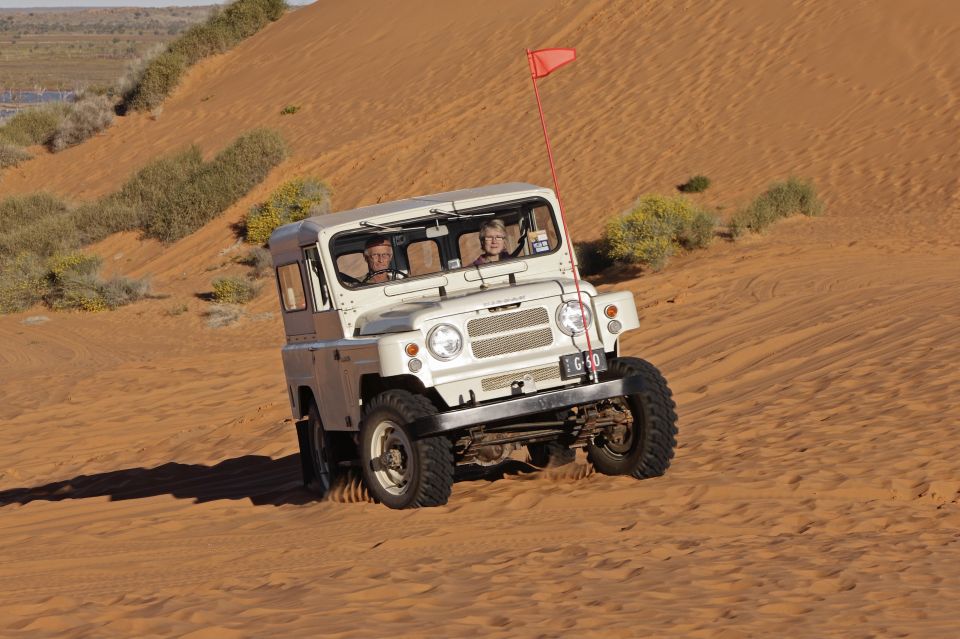
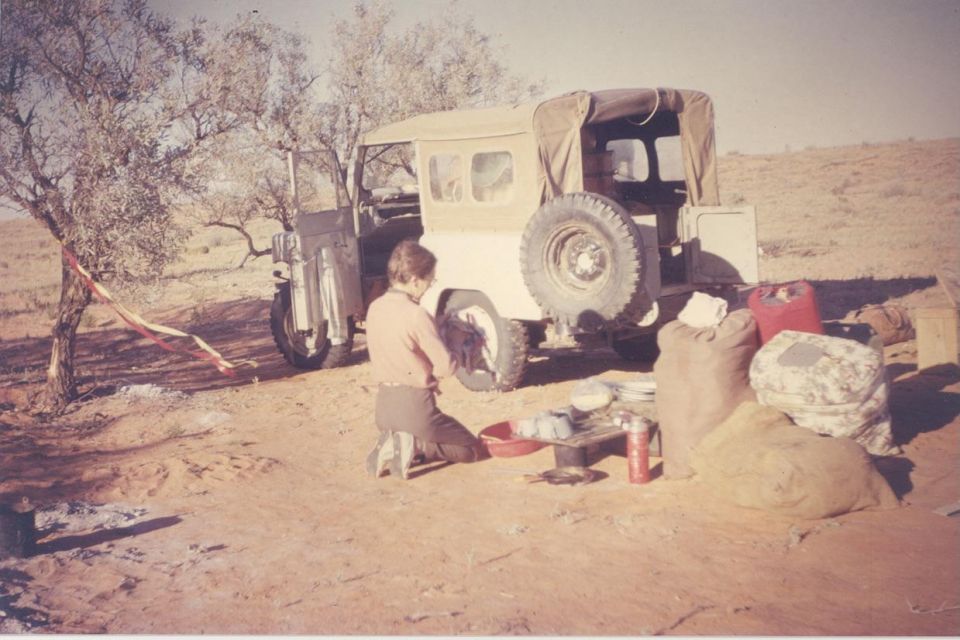
Australia was among the first markets in the world to get the Patrol when the G60 lobbed.
A year later one example of the G60 became the first motorised vehicle to cross the Simpson Desert when geologist Reg Sprigg charted a path over more than 1100 sand dunes – with wife Griselda, and children Marg and Doug, in tow.
This iteration went largely unchanged for almost 20 years until it was replaced by the MQ Series Datsun Patrol in 1980, which tapped into the market for recreational 4x4s with more car-like characteristics (relatively speaking).
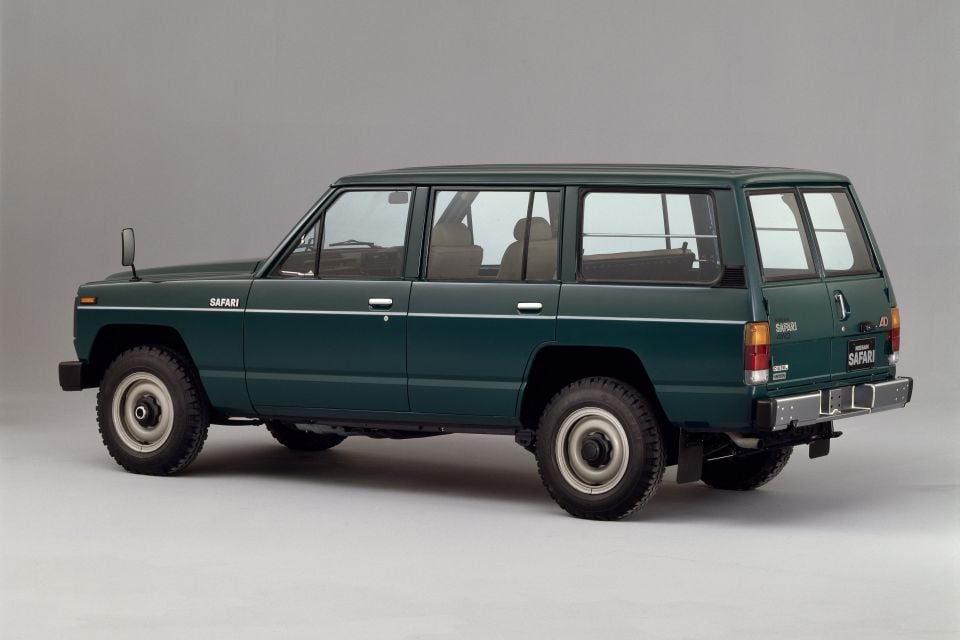
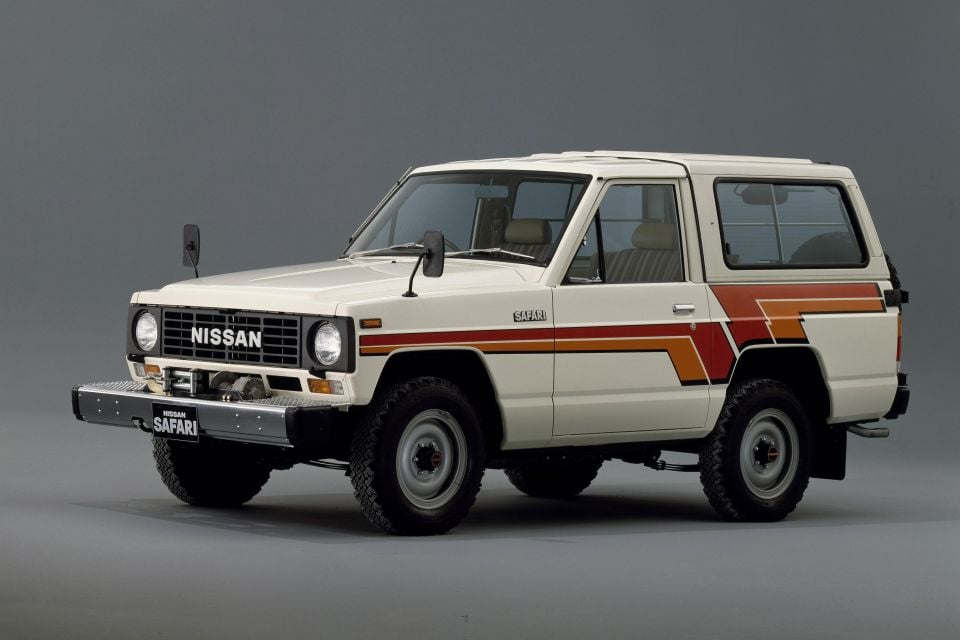
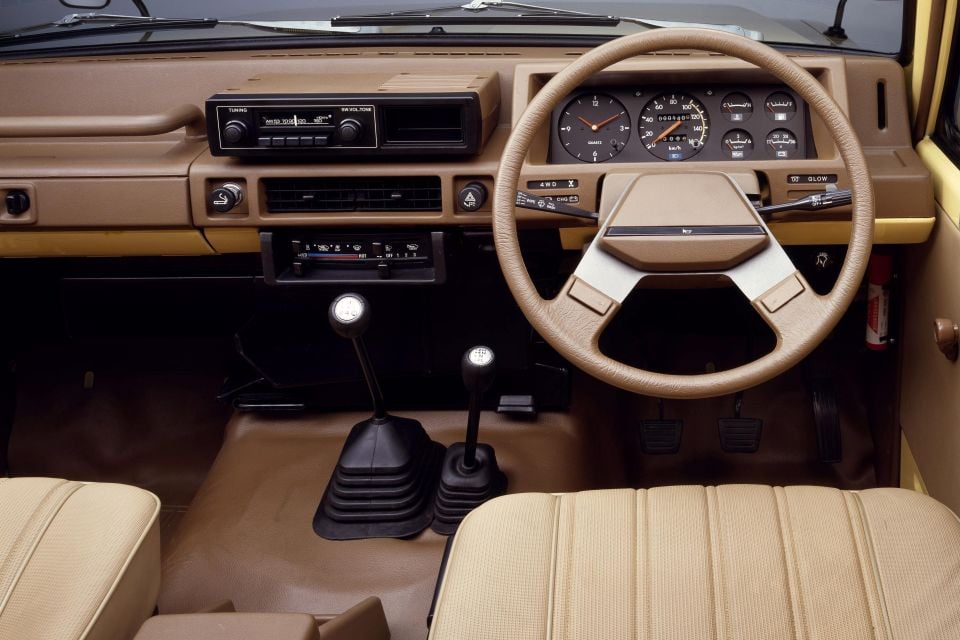

It was available as a short wheelbase hardtop with a removable roof, while the long-wheelbase configuration allowed for a wide range of pick-up, cab-chassis and wagon variants including a seven-seater.
When launched it came with a choice of either a 2.8-litre petrol or 3.3-litre diesel six-cylinder and was the first Patrol to be offered with an automatic transmission: a three-speed unit that was available in the range-topping Deluxe.
The MQ Patrol subsequently became the first model to introduce a turbocharged diesel option in 1984 with the addition of the optional SD33T six-cylinder making 81kW of power and 255Nm of torque.

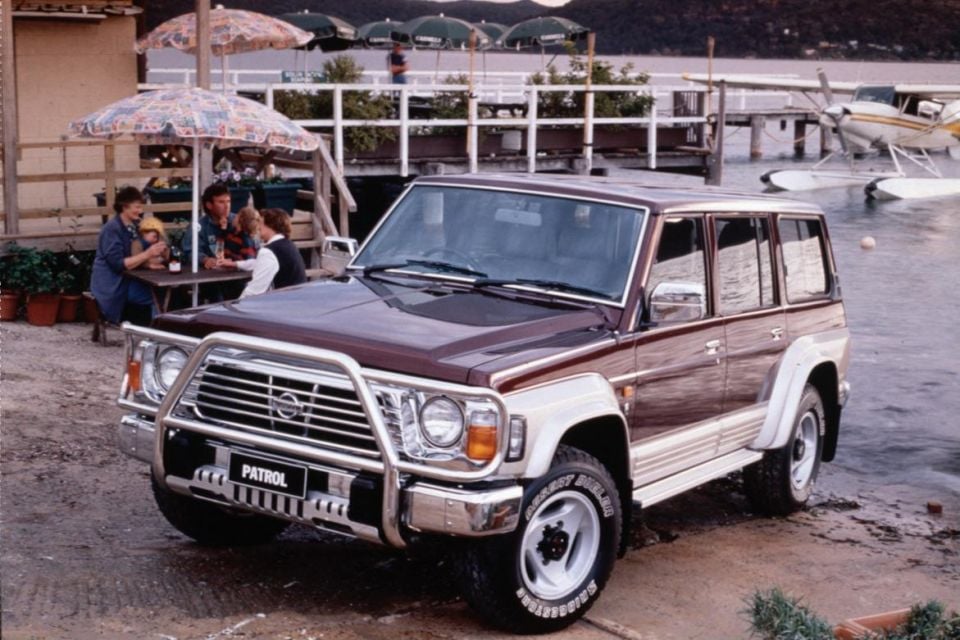
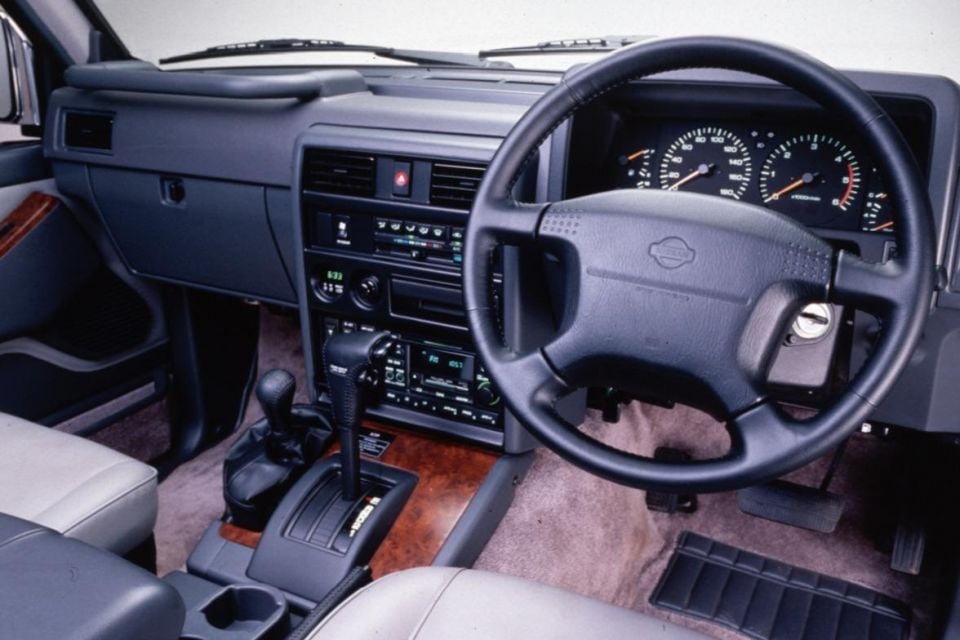
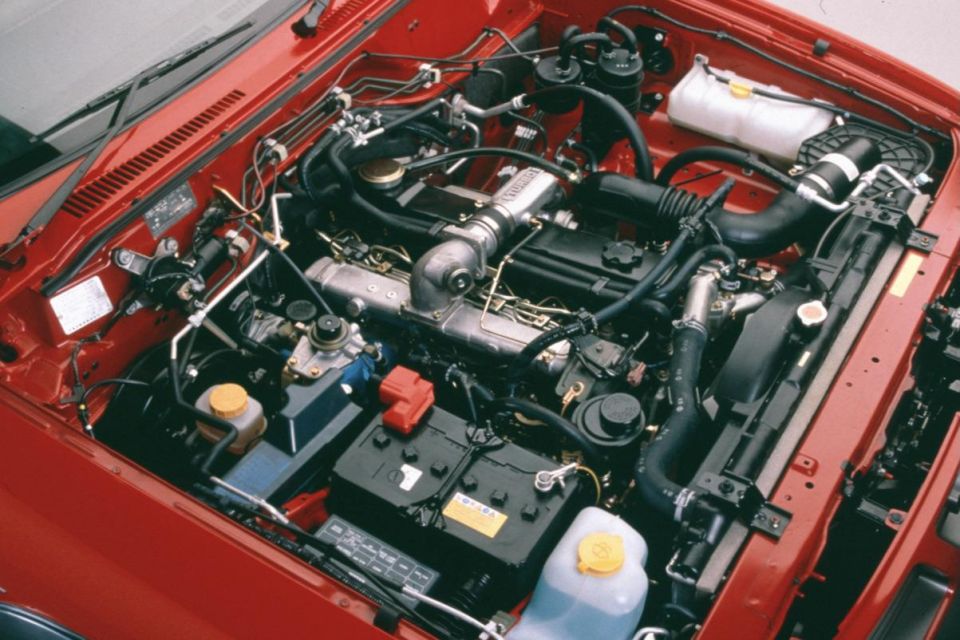
I actually learned to drive on the family farm paddocks in an old MQ cab chassis sans doors, and it still occupies a special place in my heart to this day.
In 1987 Nissan launched what arguably remains the best-loved of all Patrols: the cube-like GQ, which also formed the basis for the short-lived badge-engineered Ford Maverick here in Australia (Nissan rebadged a Falcon Ute in turn).
Its all-coil-spring suspension was a big step up, as were its all-new 4.2-litre petrol or diesel six-cylinder engines with either a five-speed manual or four-speed automatic.
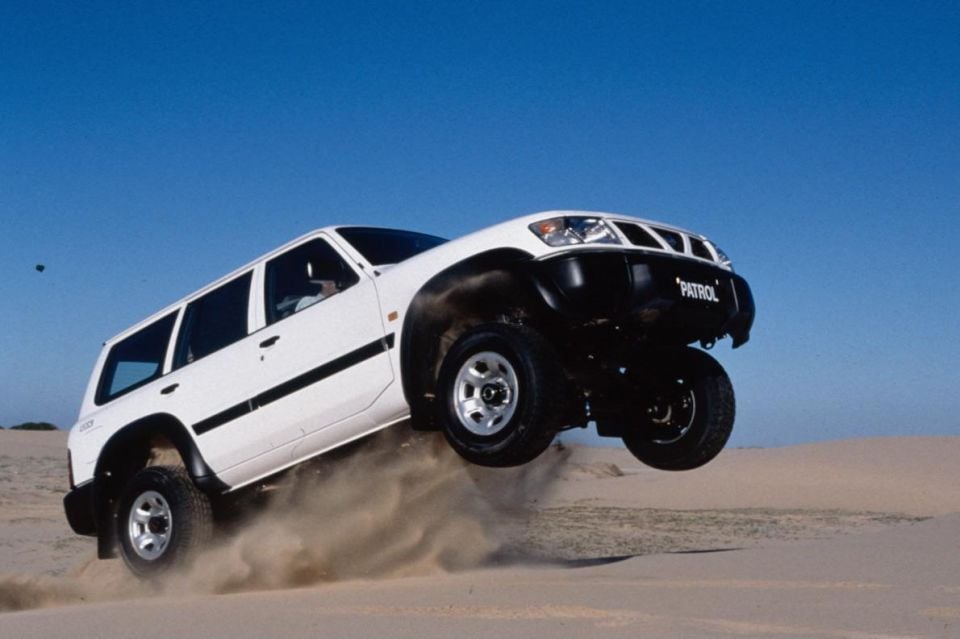
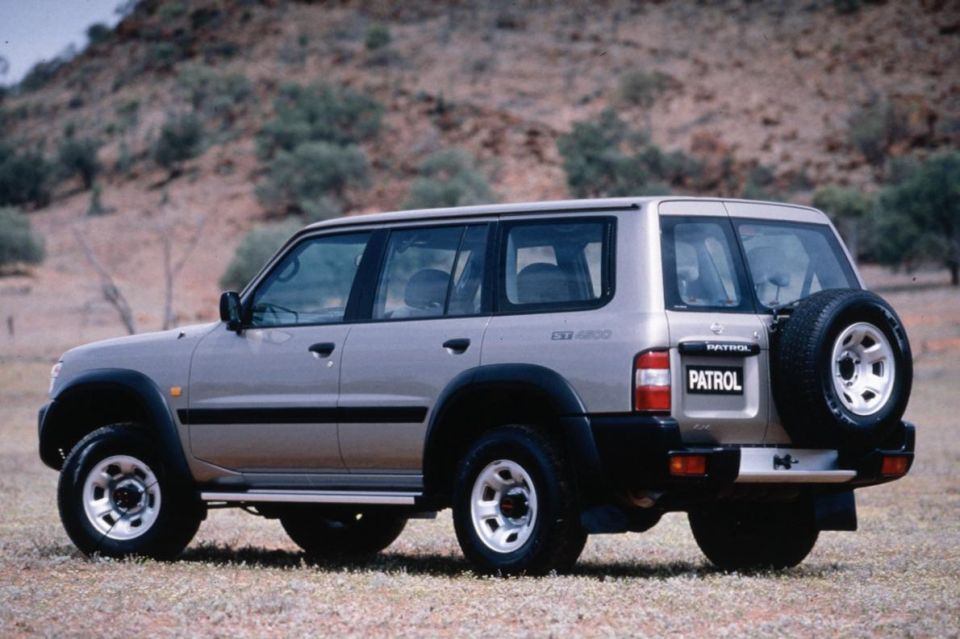
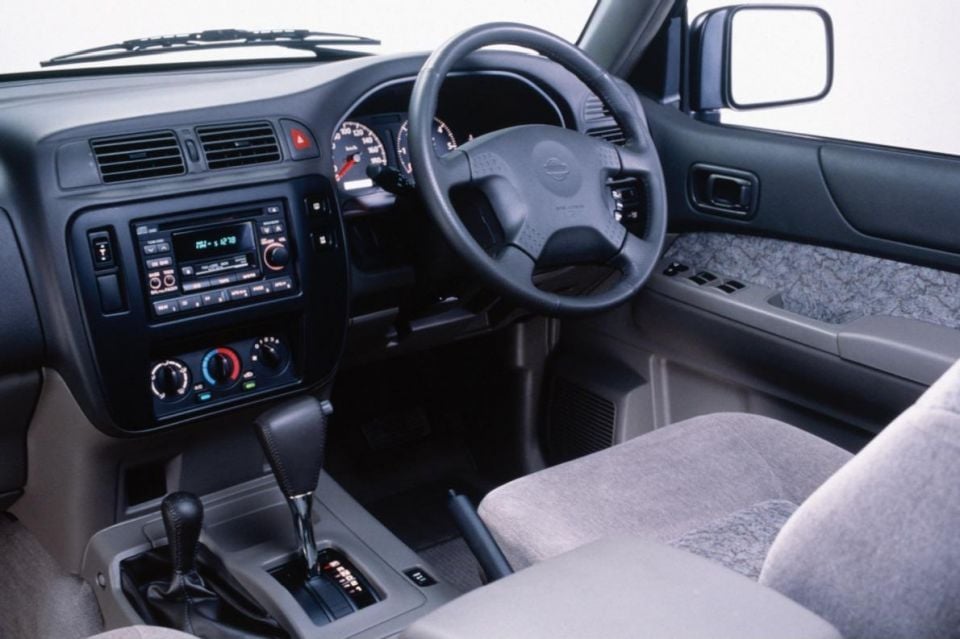
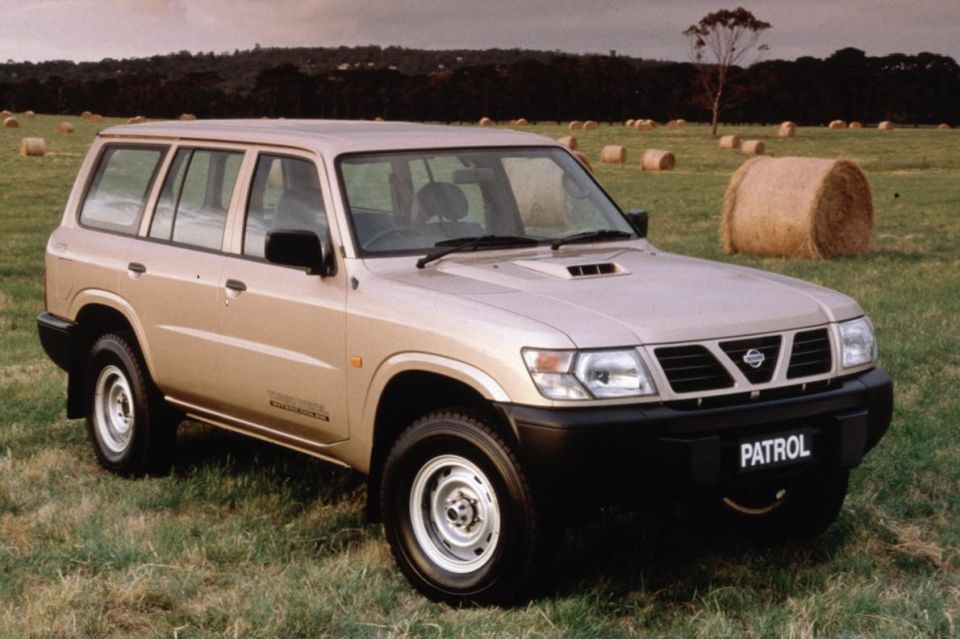
The powertrain range was expanded in 1990 with the addition of a 3.0-litre petrol six – a unique version of the well-known RB30 from the Skyline sedan – in entry-level models, and again in 1995 near the end of its run with a 2.8-litre turbo diesel.
My dad was a Nissan manager through the ’90s and I recall numerous family holidays in various trusty GQs. I particularly recall one trip to the Stirling Range at the bottom of Western Australia in a dark green GQ RX. But I digress….
The GQ created history in 1987 when Spaniards Miguel Prieto and Ramon Termens finished the 13,000km Paris-Dakar race in ninth position, winning the diesel category of the event.
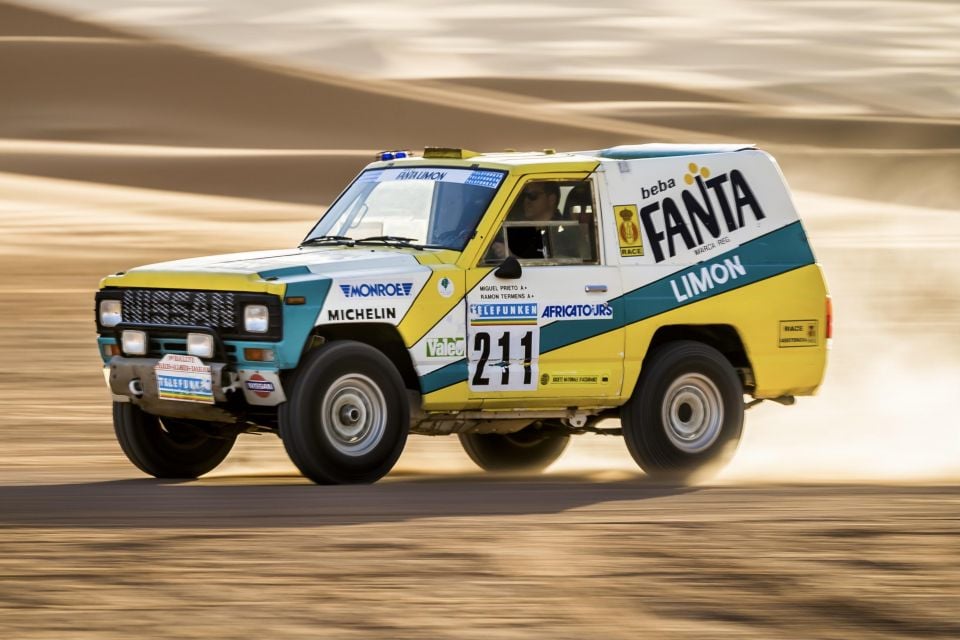
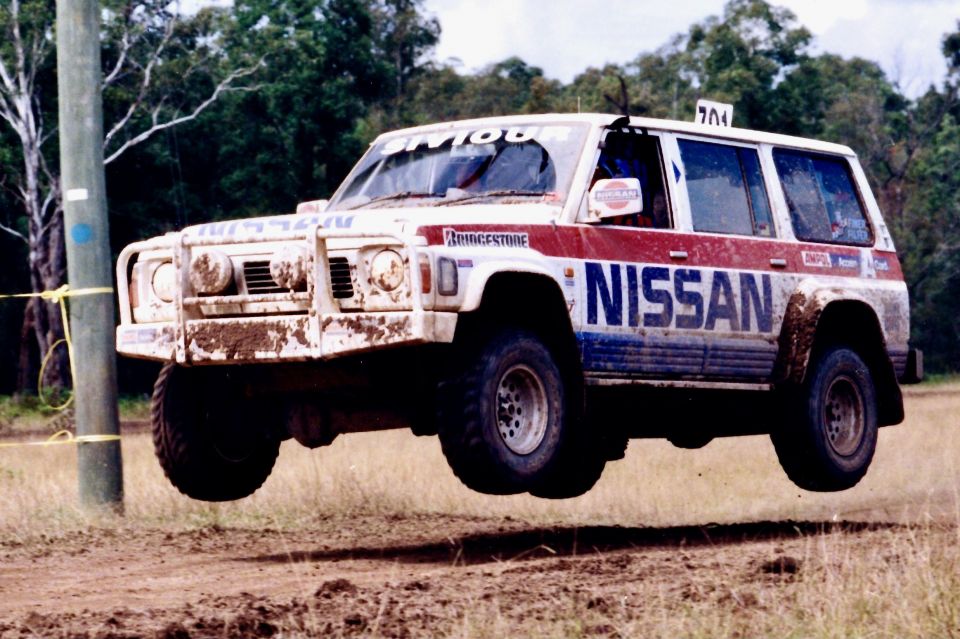
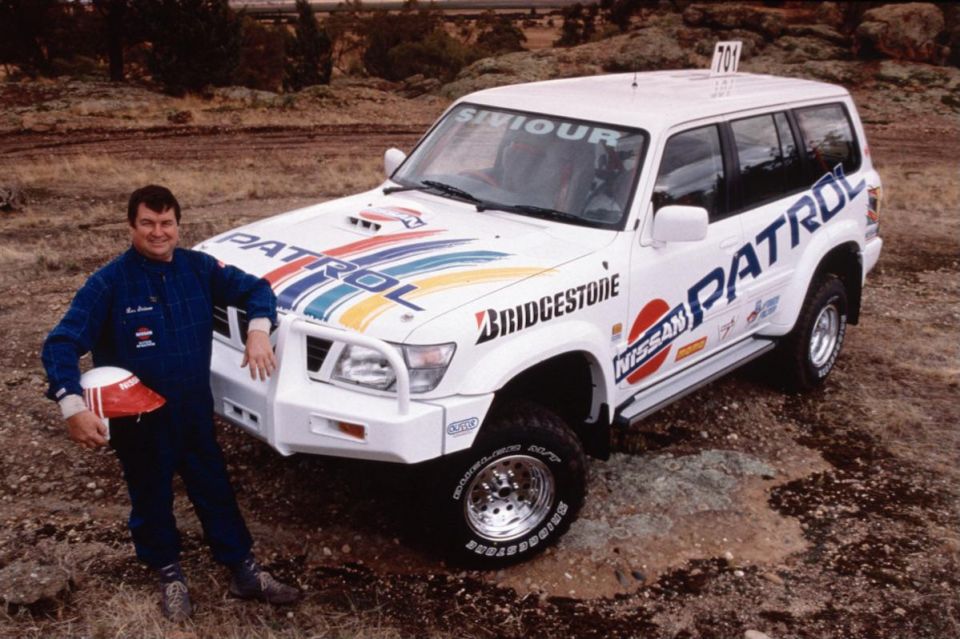
At home the GQ notched up three outright victories in the Australasian Safari over four years, in 1992 (Reg Owen), 1993 (Ian Swan), and 1995 (Doug Manwaring).
But it was in the unmodified division of the Australian Off Road Championship where the Patrol dominated, winning the title for 15 consecutive years between 1983 and 1998 with ‘Legend’ Les Siviour scoring all but one of them.
The fifth-generation GU Patrol launched in 1997 and swiftly became the car that took me to primary school every morning.
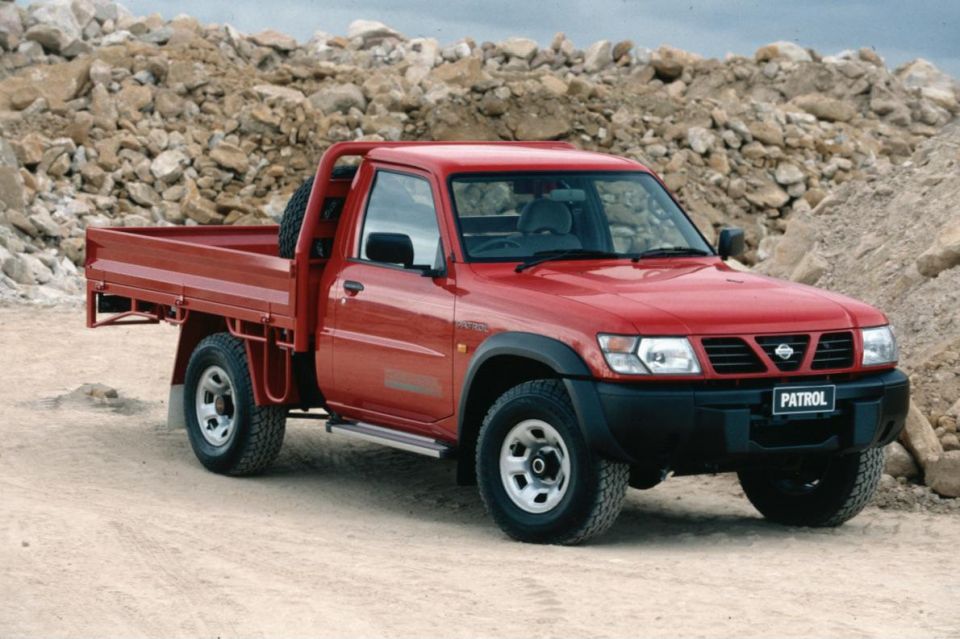
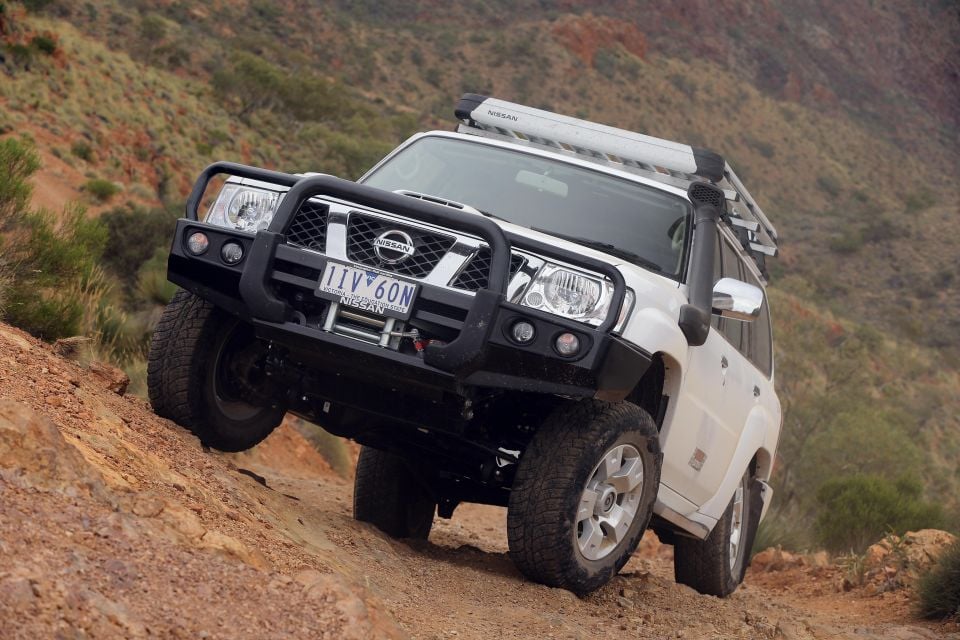
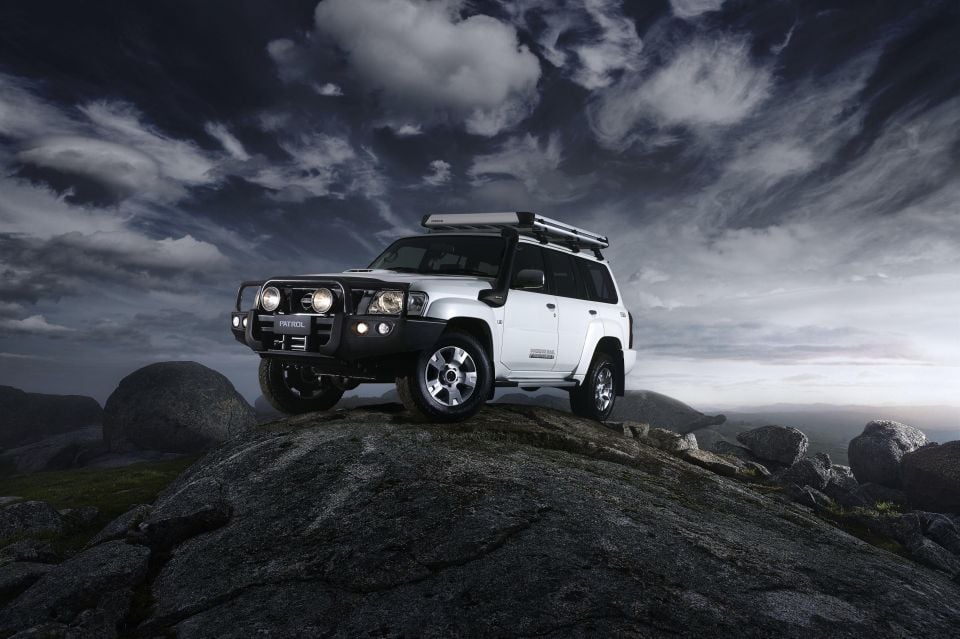
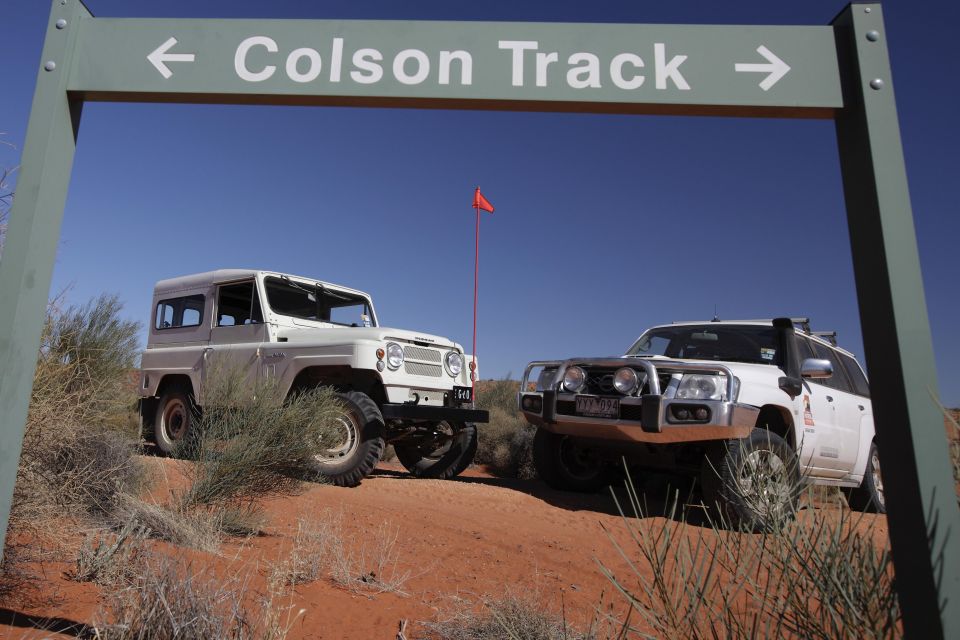
It was powered by either an improved version of the 2.8-litre turbo-diesel six, which now featured electronic fuel injection and an intercooler, a revised 4.2-litre naturally-aspirated diesel six, or a 4.5-litre petrol six.
An all-new ZD30 3.0-litre turbo four-cylinder replaced the smaller diesel six in 2000 (and became one of Nissan’s more troubled designs, it must be said), while the 4.5-litre six-cylinder petrol increased its capacity to 4.8-litres in 2001.
Its 185kW and 420Nm outputs at that time made the Patrol the most powerful 4×4 in its class.
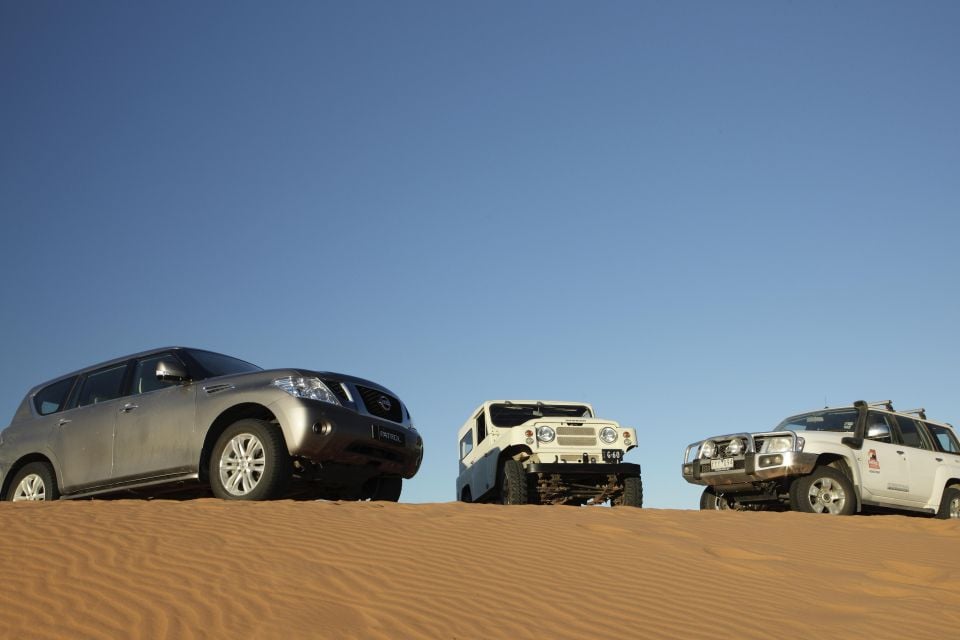
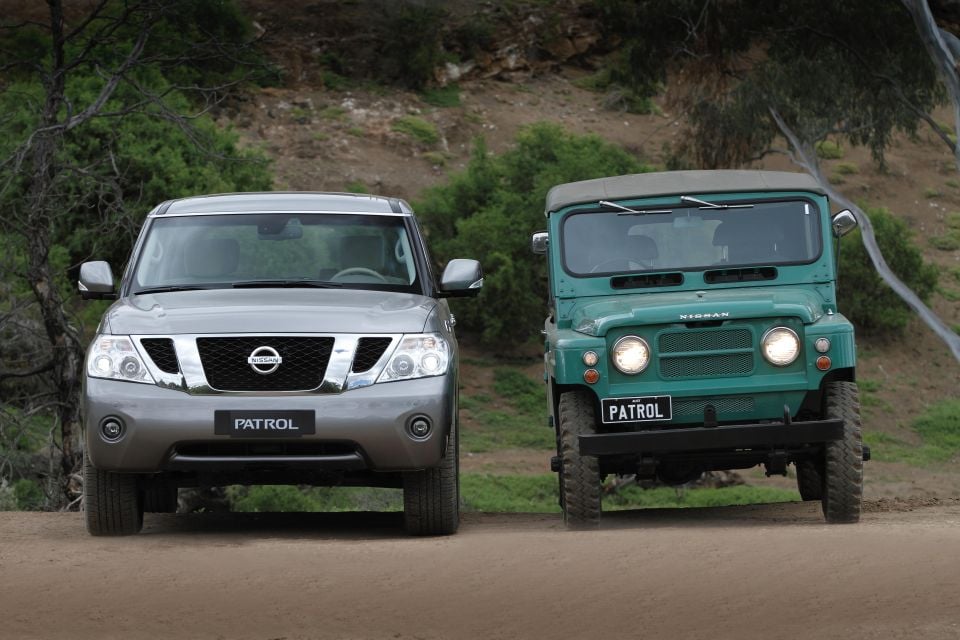
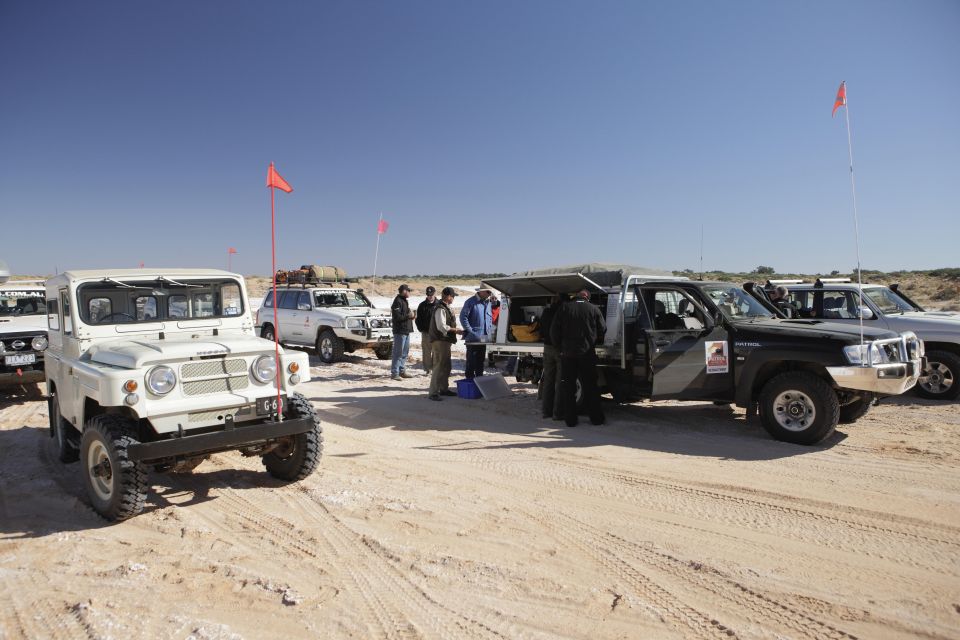
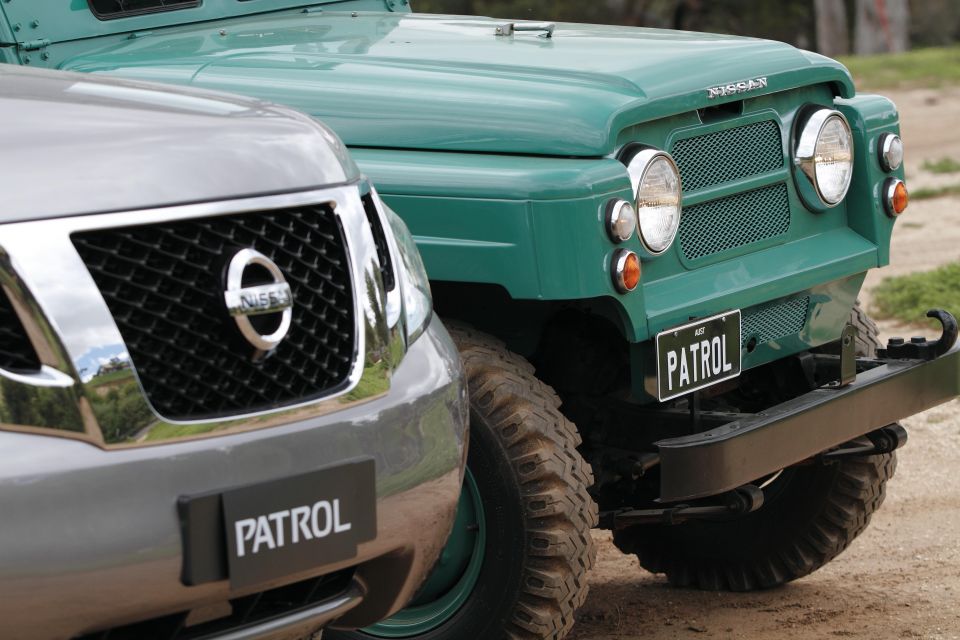
The GU remains the top-selling Patrol model to be sold in Australia, yielding volumes of more than 10,000 units per year between 1998 and 2000. During that time one in every four Nissan vehicles sold locally was a Patrol and Australia was the largest market in the world for it.
Times change though, and since this period the Toyota LandCruiser 100 Series and 200 Series have been dominant.
The current Y62 series arrived in 2014, and is a very different beast that’s principally targeted at the US and Middle East, as its standard 5.6-litre V8 and luxury-lined cabin demonstrates.
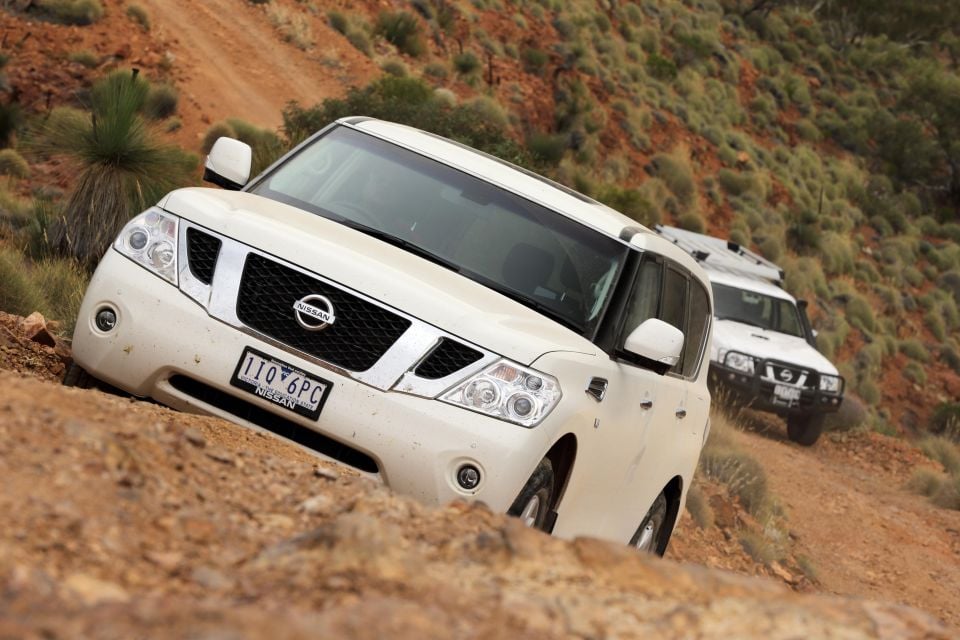
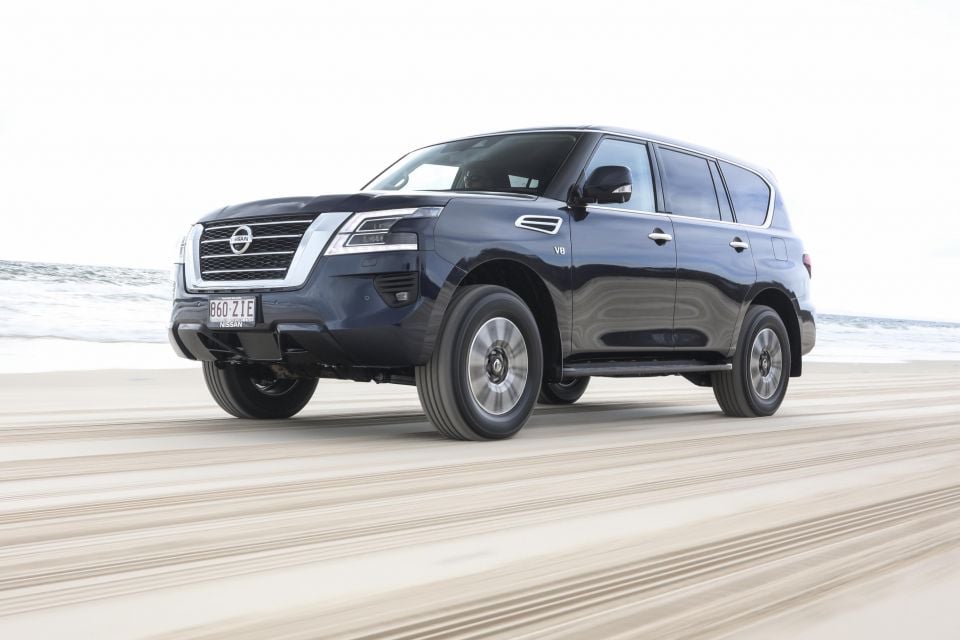
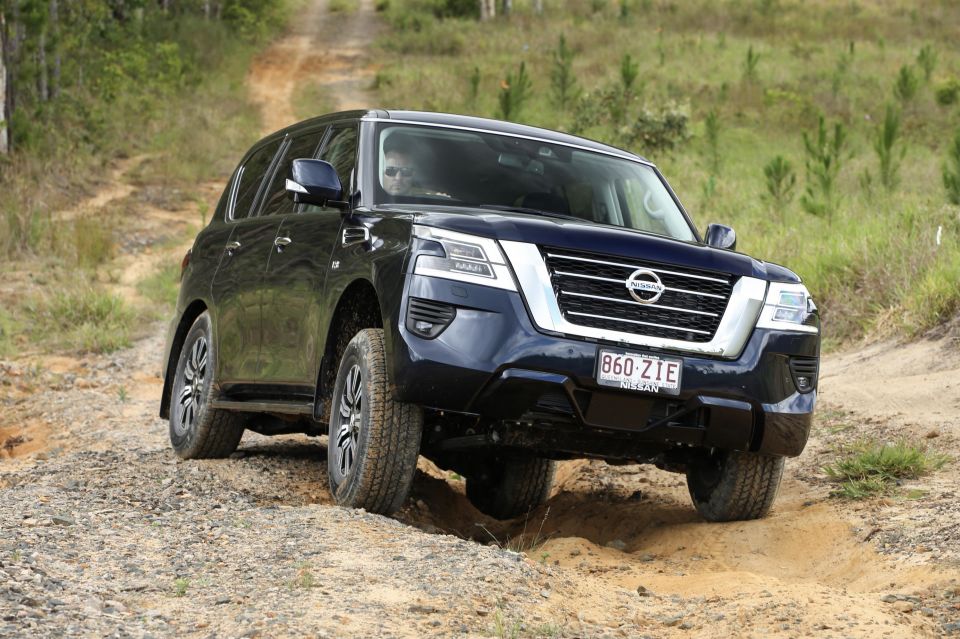
Nissan Australia continued to offer a limited range of GU Patrol variants, including cab-chassis workhorse models, up until 2016 when they were finally pensioned off.
What comes next? The Premcar-engineered (in Melbourne) Patrol Warrior range-topper, as early as end of 2021: unique to Australia.
Be sure to check out the big library of old Patrol images available in this story, if you’re into that sort of thing.
Do you have any Nissan Patrol stories to share?
Where expert car reviews meet expert car buying – CarExpert gives you trusted advice, personalised service and real savings on your next new car.


Josh Nevett
3 Days Ago


CarExpert.com.au
4 Days Ago


Damion Smy
5 Days Ago


Derek Fung
6 Days Ago


Ben Zachariah
9 Days Ago
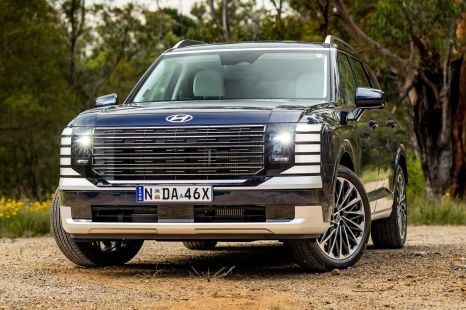

Matt Campbell
12 Days Ago